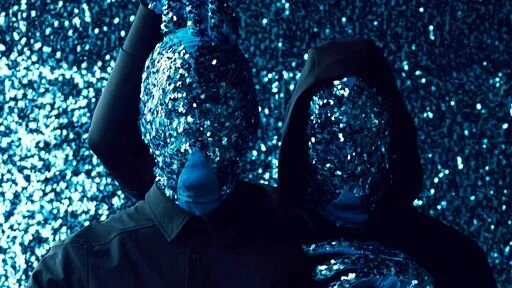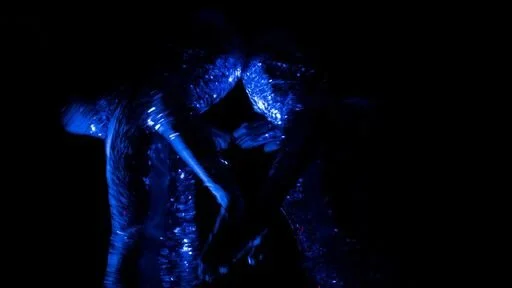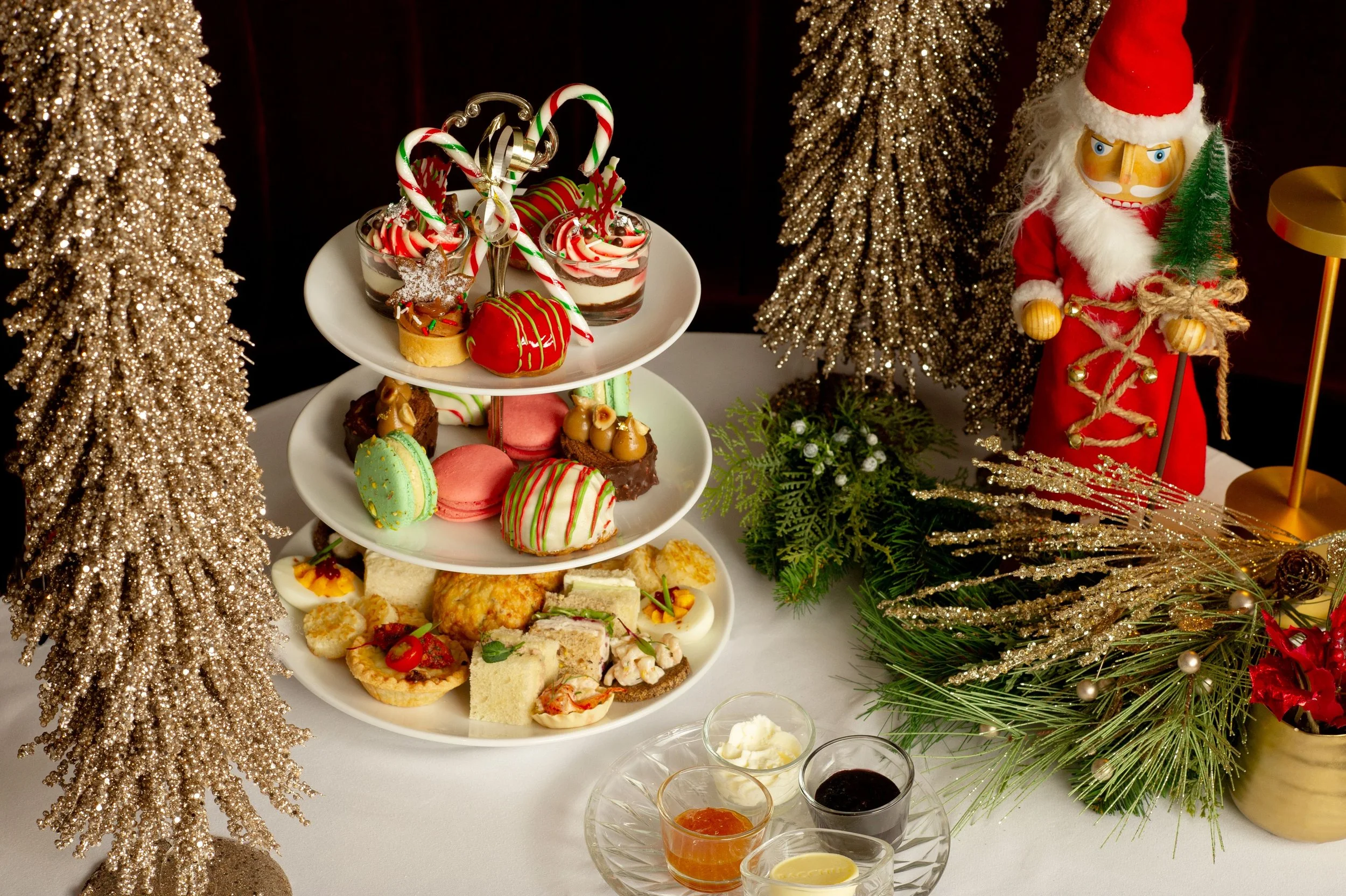Stir Q&A: FakeKnot choreographer Ralph Escamillan chats HINKYPUNK, race in ballroom culture, and lululemon
The Vancouver International Dance Festival is livestreaming the queer Canadian-Filipinx artist’s riveting solo
Choreographer and performer Ralph Escamillan conceals his face—and his identity—in HINKYPUNK, .
VANCOUVER’S RALPH ESCAMILLAN wears many hats: the queer Canadian-Filipinx performance artist is also a choreographer, dance instructor, and community leader. In his new solo, HINKYPUNK—which he choreographed and dances in for FakeKnot, the company he founded as a vehicle for inclusive performance works—he wears a glittery bodysuit that covers his entire face.
Co-produced by the Dance Centre and the PuSh International Performing Arts Festival and supported by the Canada Council for the Arts, the 50-minute piece explores identity in a world obsessed with labels and that’s quick to judge.
Escamillan, who has trained in breakdancing, popping, locking, house, and other forms of street dance, as well as ballet, modern, and jazz, has worked commercially (he was a guest dancer for Janet Jackson’s 2015 Unbreakable tour) and professionally (having recently been a guest dancer with Ballet B.C.). He’s also the founder of the non-profit VanVogueJam, through which he shares his passion for vogue and ballroom culture by offering weekly by-donation classes (which are currently taking place online).
HINKYPUNK is livestreaming as part of the 2020 Vancouver International Dance Festival on September 30, October 1, and October 2 at 7 p.m. and October 3 at 4 p.m. All events are by donation.
Stir caught up with Escamillan to learn more.
HINKYPUNK explores the way identity is conflated with iconography and pop culture. How has your own identity been fused with these elements?
Being of Philippine origin/diaspora, and because of many forms of colonialism and influencing cultures, my everyday was filled with pop culture and iconography, from the Catholicism of my upbringing to going to a family party where we had to dance and sing to Whitney Houston, Janet Jackson or Earth, Wind and Fire… Even my name was inspired by Ralph Lauren perfume. It’s a pretty fixed way of how I communicate and see the world.
The solo was created before the racial reckoning that grew out of George Floyd’s murder. How, if at all, has HINKYPUNK taken on new resonance with the rising (and long overdue) calls for amplifying BIPOC representation in the arts?
HINKYPUNK, originally called SQUIN, was first created in response to the ballroom documentary Paris Is Burning. Ballroom culture has its own history of racial oppression. Crystal Labeija [the mother of the legendary House of LaBeija] was frustrated with the racism found in the drag balls of the times. As a guest in the ballroom community, I continue to find ways to educate my community and myself on the people who paved the way for the culture I celebrate today.
Covering the faces of the body in this work—which is continued in the rest of my practice—I try to neutralize the character being watched, in hopes to have the viewer not impose any pre-determined opinions or views of the race, gender, or sexual orientation on the performer. Being an artist of colour, I find it important for myself to have agency in deciding when and where I want my backgrounds to be used on a stage, which is something I can control in my own work – but that is not possible outside of.
You’re a lululemon store ambassador. What does the role entail and what made you want to take it on?
My relationship with lululemon spans about seven years, starting with then-lululemon lab designer Jean Okada, and has organically blossomed into an ambassadorship in the last year. Ambassadors are chosen to represent respective communities where lululemon stores reside. Recently I was able to get money donated to two ballroom organizations in New York City as an extension of a global campaign I did. In the same campaign, I had them acknowledge the Queer, Trans, Black, and Latinx history of where the form comes from.
What are your Van Vogue Jam classes all about?
VVJ classes are about creating a hub for ballroom culture out here on the West Coast of Canada. The other closest scenes would be Toronto and Montreal, so it’s been important for us to continue our classes to support the humble community we are building here. With COVID-19, we’ve switched quite easily to online, using web and social media platforms to deliver our classes. With this global class we are able to reach people from the Philippines, Argentina, and all around North America. Our classes will start including other aspects/categories of ballroom, and we’re also asking legends and icons of the scene to speak about their experiences.
What three songs are on your playlist on a dark and rainy Vancouver day?
“Incantation” by Moses Sumney;
“Maiysha (So Long)” by Miles Davis, Robert Glasper, Erykah Badu; and
“I Feel for You” by Prince.















